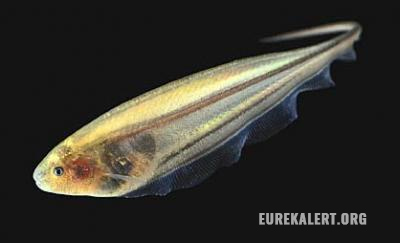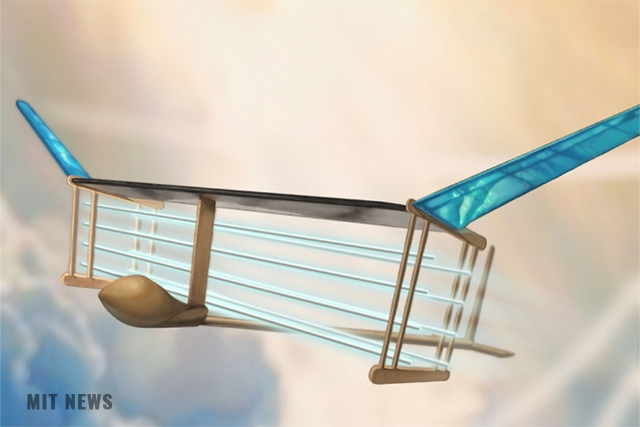Engineers develop revolutionary technology that uses solar energy to turn seawater into potable water
03/13/2019 / By Edsel Cook

Solar energy is often used to power the process that converts undrinkable seawater into potable liquid. Italian researchers found a way to vastly increase the efficiency of the solar-powered desalination process, resulting in at least twice the amount of drinkable water compared to older approaches.
Desalination removes salt from seawater so that it can be safely consumed. This process uses a lot of energy, especially when compared to getting freshwater from rivers or underground aquifers.
This led Politecnico di Torino researchers to develop a more efficient desalination unit that can float on water. They were influenced by the ability of plants to move water absorbed by the roots to the leaves.
The device is made of a porous material that allowed seawater to pass through without the need for a pump. It used solar energy to evaporate the gathered water, separating it from the salt and making it drinkable.
“This process can be facilitated by membranes inserted between contaminated and drinking water to avoid their mixing, similarly to some plants able to survive in marine environments (for example the mangroves),” explained Torino researchers Matteo Fasano and Matteo Morciano. (Related: Have researchers found a new way to clean contaminated water through an electrochemical process?)
A passive desalination device that uses solar thermal energy to separate salt from seawater
The typical desalination system use active methods like water pumps. The expensive mechanical and electric parts must be supported by highly trained specialists.
In comparison, the approach developed by the Torino researchers employed passive technology that did not need any additional machinery. Their solar desalination device is much cheaper, easier to install, and similarly easy maintain.
These qualities made passive desalination systems perfect for coastal areas that lack access to potable water or the urban infrastructure that conveniently provided fresh water for residents. But these devices are also much less energy-efficient than their active counterparts.
Earlier experiments sought to collect as much solar energy as possible. For the new device, the Italian research team improved the management of the solar thermal energy. They reported that each square meter of the device could desalinate up to 20 liters of seawater each day.
“The reason behind the performance increase is the ‘recycling’ of solar heat in several cascade evaporation processes, in line with the philosophy of ‘doing more, with less’,” said the two Matteos. “Technologies based on this process are typically called ‘multi-effect,’ and here we provide the first evidence that this strategy can be very effective for ‘passive’ desalination technologies as well.”
The many possible uses of the desalination system
The Torino team spent more than two years to develop the passive desalination unit. During the developmental period, they tested it in the Ligurian Sea off the coast of Varazze, Italy.
This technology could prove to be of vital use in the remote seaside communities of developing countries. Many of those areas lacked a steady supply of fresh water but enjoyed plenty of sunlight that could power the desalination process.
Similarly, its effectiveness, reliability, and simplicity made the solar-powered desalination unit an excellent investment for emergency situations. A natural disaster could knock out the local power grid and water supply, but the device will be able to continue to provide safe drinking water as long as there is sunlight.
A modified version could also be employed as a floating garden for growing edible plants in crowded urban areas. Other alterations could be used to remove salt contaminants in freshwater aquifers or purify polluted wastewater from industries and mines.
The researchers are looking for an industrial partner to improve the scale, toughness, and versatility of their prototype desalination system.
Sources include:
Tagged Under: breakthrough, clean water, desalination, Ecology, environ, future science, future tech, green living, inventions, potable water, seawater, solar energy, solar power, thermal energy, water purifier, water supply



















